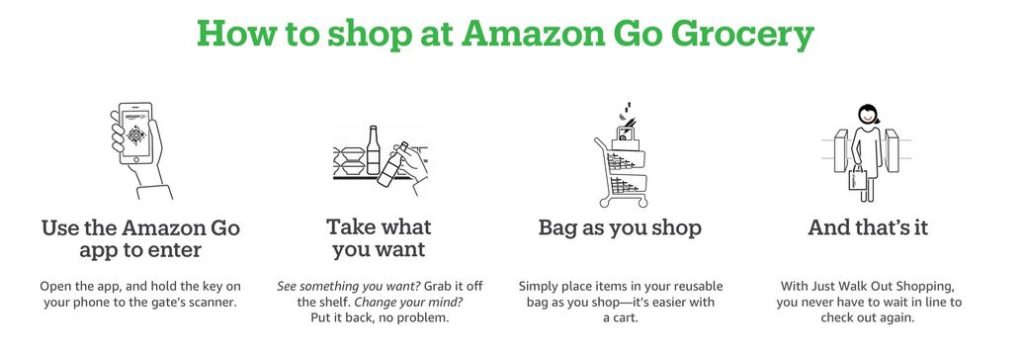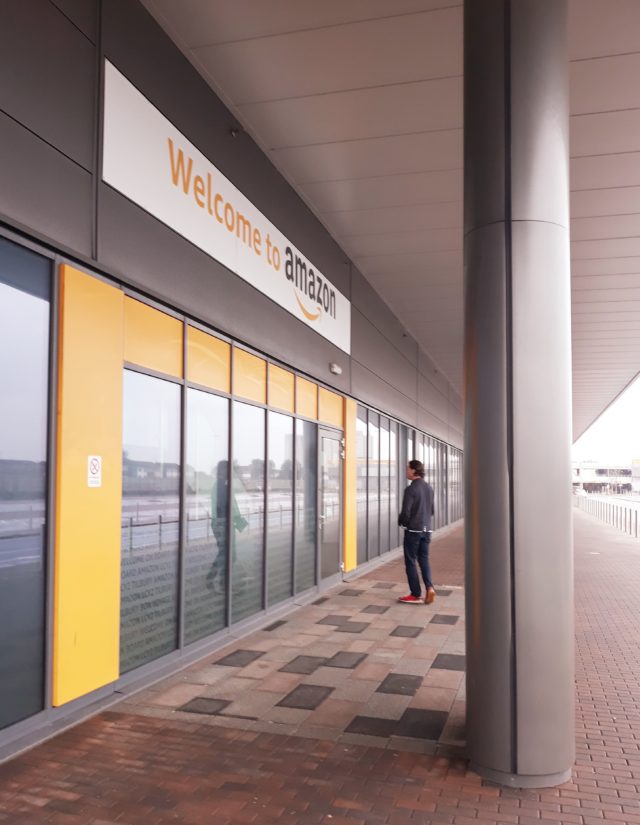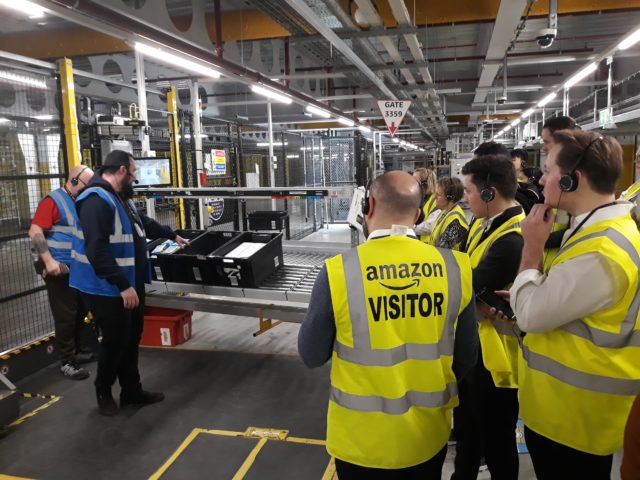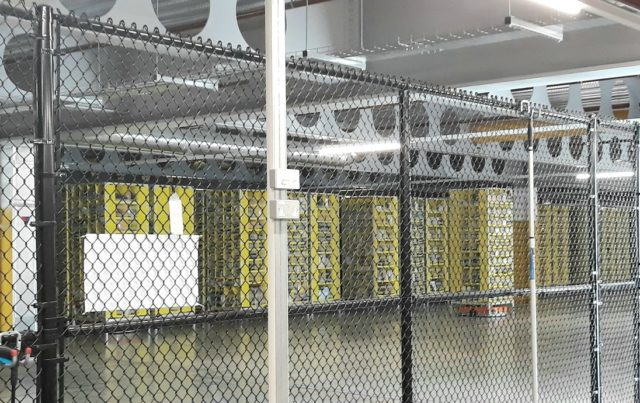Amazon Prime Day sparks early Christmas shopping surge as consumers widen search for deals online
Retailers are already starting to see a rise in early online Christmas shopping, as price sensitive consumers were prompted by Amazon Prime Day to seek out the best deals available on gifts, the latest data from Wunderkind, the leading performance marketing channel that scales one-to-one messages for retailers and brands, reveals.
Data from Wunderkind’s Marketing Pulse, which analysed over 42million shopper journeys between 02 – 15 October 2023, showed that online revenues grew +3.3% week-on-week last week (w/c 09 October). The uptick in shopper traffic proved even more marked, rising +7.69% compared to the week before, as increasingly pricing and promotions sensitive shoppers started to make an early Christmas shopping surge.
Original research of over 1,000 UK shoppers by Sensormatic showed that, with economic uncertainty and household budgets remaining squeezed, half (49%) of UK consumers have already started gift buying by October, with two fifths (38%) planning to start Christmas shopping earlier this year, with deal-searching and spreading out the cost of Christmas top motivators for getting ahead.
The surge in online revenue and traffic last week could also have been boosted by a halo effect from Amazon Prime’s Big Deals Day, which took place on 10 and 11 October. Other retailers also launched their own discounting events to compete for share of wallet, including Currys’ October ‘Clearance Sale’ which offered up to 40% off tech rivalling the levels of discounting seen on Amazon, and health and beauty retailer, Boots, launching its ‘Big Boots Sale’ ahead of Amazon Prime Day.
Research from Criteo suggests that, because of the increased competition around discounting prompted by Amazon Prime Day, 58% of UK shoppers planned to compare Amazon’s Prime deals with those prices and promotions offered by other retailers, which may also have contributed to the uptick in web traffic and revenues seen by UK online retailers last week, Wunderkind suggests.
Jon Halley, Regional VP at Wunderkind, commented:
“With cost-of-living pressure continuing to be felt by many households, shoppers are being savvier to make their discretionary spend work harder. And this means they’re being even more canny when it comes to seeking out the best deals available on Christmas gifting. Consumers are well versed in these extended discounting and big sale events like Amazon Prime Day and Black Friday – and are now much more likely to shop around and validate whether the deals on offer really do represent the best value for money.”
“For retailers, this means balancing the need to meet strong shopper demand for discounts while protecting margin. By identifying and understanding their customers, retailers can target appropriate deals to the right shoppers, making smarter discounting choices that uphold margin,” he added.

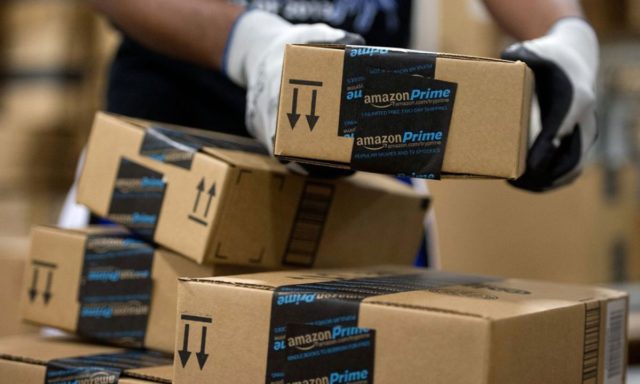 Reuters reports that the world’s largest online retailer is facing intensifying scrutiny by lawmakers and unions over whether it is doing enough to protect staff from the novel coronavirus, which has infected more than 1.9 million people, including workers at more than 50 of Amazon’s U.S. warehouses.
Reuters reports that the world’s largest online retailer is facing intensifying scrutiny by lawmakers and unions over whether it is doing enough to protect staff from the novel coronavirus, which has infected more than 1.9 million people, including workers at more than 50 of Amazon’s U.S. warehouses.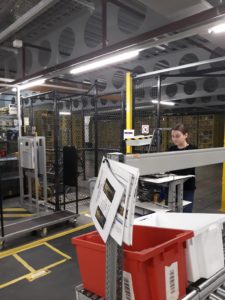 Reuters
Reuters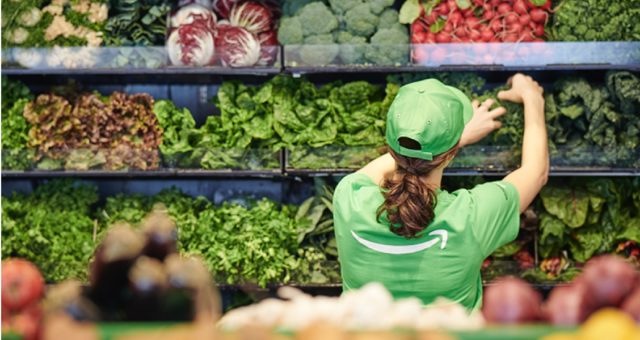 Amazon Go app and QR codes cater for the family
Amazon Go app and QR codes cater for the family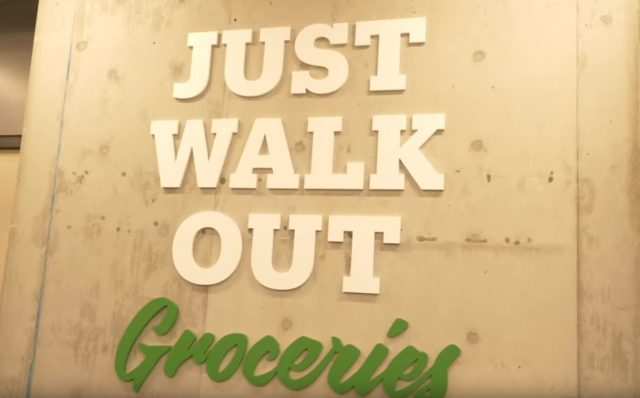 Amazon insists its teams of associates “are an important part of the experience at Amazon Go Grocery”. In the Seattle stores they are present, greeting shoppers at the door, restocking shelves and the fresh produce area, answering questions, and making product recommendations.
Amazon insists its teams of associates “are an important part of the experience at Amazon Go Grocery”. In the Seattle stores they are present, greeting shoppers at the door, restocking shelves and the fresh produce area, answering questions, and making product recommendations.